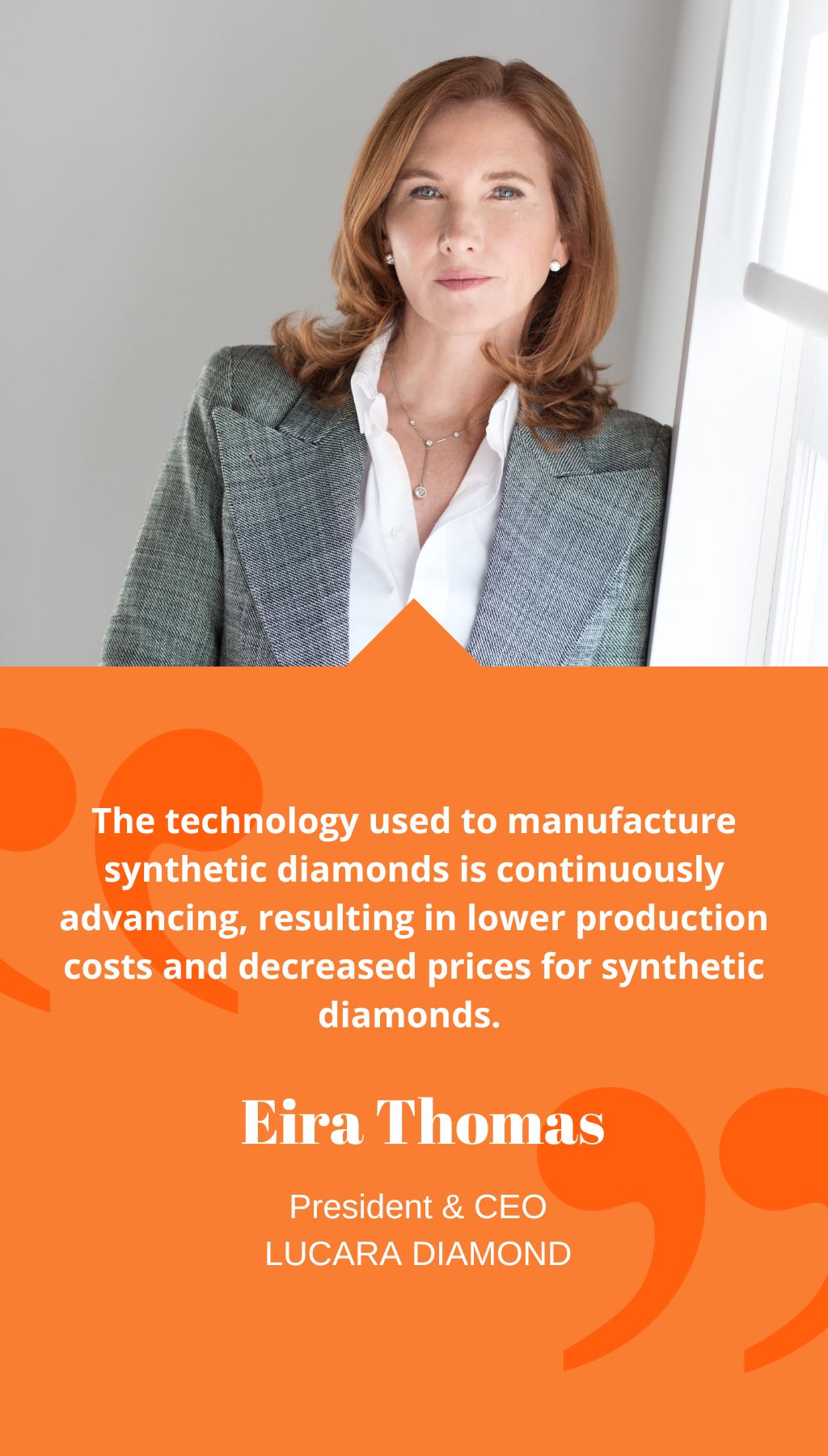
- South Africa | 7 September 2021

Can you highlight some of the notable developments that Lucara has experienced over the past two years?
Certainly. The past two years have been a period of remarkable change for Lucara. In 2019, we conducted a feasibility study to explore the potential for expanding our mine underground. Recently, we made two significant announcements: the completion of a facilities agreement for a US$220 million debt facility and an additional equity raise of US$30 million. These financing initiatives were undertaken to supplement our cash flow from operations and support a substantial capital expenditure of approximately US$500 million for the expansion project at our Karowe mine. As we move forward, we anticipate a busy second half of 2021 with full underground development.
Furthermore, we faced challenges over the past 18 months due to the pandemic. Lucara had to make critical decisions regarding the sale of our diamonds. We entered into a 24-month committed supply agreement with HB Antwerp, Europe’s largest manufacturing company. This agreement marks a significant shift as it establishes true alignment between the producer (Lucara) and the manufacturer (HB Antwerp) for the first time. Instead of selling our +10.8 carat rough diamonds at the mine gate, we are now partnering with HB to manufacture these valuable diamonds, which account for approximately 70% of our annual revenues. We receive final polished prices, deducting a fee and the costs of polishing. HB’s fee is based on the achieved final polished price, creating shared motivation to maximize the value of each diamond.
Additionally, our digital marketplace, Clara, continued to make positive strides. We experienced a significant increase of approximately 180% in interest in the platform during the pandemic. Clara is a secure web-based marketplace owned entirely by Lucara. By leveraging technology, we are revolutionizing the diamond supply chain and enhancing the efficiency of transactions between buyers and sellers. This innovative approach unlocks substantial value for participants while providing assurance on diamond provenance, which is increasingly important to consumers. Through an exclusive partnership with Sarine Technologies, Clara utilizes proprietary analytics, cloud technology, and blockchain to modernize the diamond industry.
To what extent did the pandemic impact Karowe’s production?
Although the pandemic presented challenges, the Botswana government declared diamond mining as an essential activity. As a result, we continued to produce at full capacity. However, we made a deliberate decision not to sell our large diamonds during a period of pricing weakness. Instead, we negotiated an offtake agreement with HB Antwerp, redirecting our diamonds into manufacturing for polished diamond sales. The polished diamond market was not as severely affected as the rough diamond market, making this strategy more favorable. By the fourth quarter of 2020, rough diamond prices rebounded significantly, and this positive trend continued into 2021.
What is the timeline for the underground development at Karowe?
Over the next two to three years, our plan is to sink the shaft as part of the underground development at Karowe. This will be followed by lateral underground development. By the time the open pit mine approaches its natural end of life around 2025/2026, we will be fully prepared to deliver ore from the underground operations. The underground production will be designed to match the current production rate in terms of tonnes that we are achieving today.
Is the growing demand for synthetic diamonds posing a threat to the market for mined diamonds?
We do not consider synthetic diamonds as a threat to mined diamonds. We firmly believe that these two markets can coexist harmoniously. The technology used to manufacture synthetic diamonds is continuously advancing, resulting in lower production costs and decreased prices for synthetic diamonds. However, they are not widely regarded as a store of value. There is also a misconception that synthetic diamonds are more environmentally friendly. Research conducted by the Natural Diamond Council has shown that naturally mined diamonds have a carbon footprint three times smaller than that of laboratory-grown diamonds. Moreover, the mining industry generates significant socio-economic benefits, such as high-paying jobs and local business development, which are crucial for the economic growth of countries where mining operations are conducted, including Botswana and Canada.














